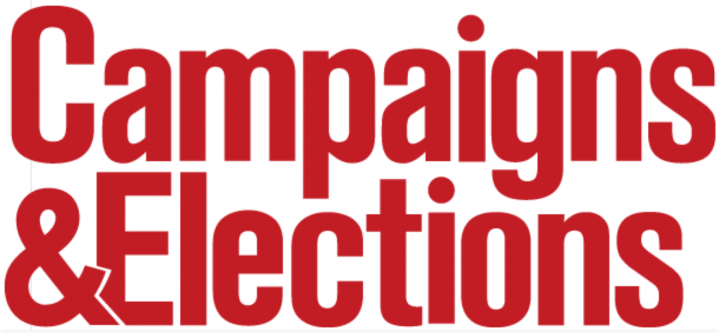Just a few years ago most of us in the political media business were predicting a gradual phase out of political direct mail.
The reasoning went something like this: Why keep using mail when targeted digital ads are so much cheaper and video so much more emotionally evocative? As one strategist put it recently: political mail is what would have been prioritized in the “Reagan or Clinton eras.”
In fact, mail hasn’t grown outdated. It’s actually a growing medium, and this election cycle is likely to see the most political mail in USPS history.
Why is direct mail making such a comeback? It’s not just legacy tactics in a presidential cycle spending surge. Here are the top three reasons we’ve identified:
1. The Limited Reach of Digital Drives Use of Direct Mail
As more campaigns adopt the precision of cookie-matched digital advertising, it’s becoming clear that direct mail is a needed companion to these programs.
Cookie-matched banner and video ads can be targeted exactly like direct mail, but they’re much less expensive on a per-view basis. They also have direct-response benefits, allowing voters to click through to donate or sign up to take action. These advantages had many of us convinced that targeted digital media would start to supplant direct mail entirely.
But as we began to field these digital programs we quickly saw the challenge: the digital programs were only reaching about half of the audience (or less). Their reach is limited in many ways, starting with the reality that only about 70 percent of the voter lists match to the cookie pools, which help facilitate online targeting.
Given the limited time frame of most political campaigns, even strong digital buys only reach about 70-80 percent of the total available audience. Meaning even a well-run and adequately funded digital program might only reach a little more than half the total voter audience.
Targeted direct mail can help solve the problem of reach. You can mail directly to the homes of the voters you choose, and according to USPS studies, nearly 70 percent of recipients at least scan-read their mail. It might be more expensive on a cost per view basis, but nothing is more costly than leaving up to half of your targeted voter universe out of your program.
2. The Persuadable Percentage of The Electorate Is Shrinking
Traditional TV advertising can still be tremendously powerful. But in the campaign context, particularly in general elections, the percentage of voters who are persuadable is small. In this highly partisan world, almost all of the Democrats vote for the Democratic candidate and the same is true with Republican voters.
Since most campaigns can predict who these “swing” voters are and target them, it becomes much more cost effective to use direct mail to reach the 15-20 percent of the electorate that is persuadable than to use television or radio to blanket everyone. Not always, of course—it isn’t a fixed rule, with factors like cost-per-point in the market and size of the swing universe being key. But frequently when campaigns “run the numbers,” direct mail makes the most sense financially.
3. The Barrier to Entry Is Low
There’s no way around it: cutting a decent TV ad is hard, and placing one is complicated enough to necessitate a media buyer. It takes time, infrastructure and expertise—all of that costs money. Production costs for a professional spot can start at $7,500 (depending on what sort of crew and equipment you’re using) and that’s before you’ve paid for it to air.
But as do-it-yourself direct mail services come online, it’s getting cheaper and easier to reach voters at home. Creating a mail piece is now as simple as designing your wedding invitations online, or sending out baby announcements.
Selecting your targets no longer requires a trip to the County Clerk or a call to a data vendor – you can choose your voter targets with a few clicks. Platforms that bring design and voter targeting together are transforming the market, allowing candidates and causes to forgo consultants and run their own programs.
Look for more mail, and more innovation, in the cycle ahead.
Eric Jaye is the founder of Storefront Political Media and a co-founder of SpeakEasy Political.




